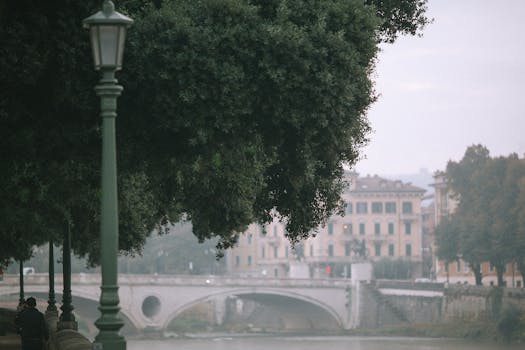
Urban Green Spaces: The Future of Outdoor Living in European Cities by 2025
Introduction to Urban Green Spaces
Urban Green Spaces are a crucial component of modern city planning, providing numerous benefits for both the environment and the well-being of citizens. As we approach 2025, it’s essential to consider the role that these spaces will play in shaping the future of outdoor living in European cities. Urban Green Spaces have become a vital aspect of urban planning, as they help to mitigate the effects of climate change, improve air quality, and provide habitats for urban wildlife.
The Importance of Urban Green Spaces in European Cities
The importance of urban green spaces in European cities cannot be overstated. These areas provide a range of benefits, including recreational spaces for citizens, habitats for urban wildlife, and mitigation of the urban heat island effect. By incorporating green spaces into urban planning, cities can improve the overall quality of life for their citizens, while also contributing to a more sustainable future.
Designing and Implementing Urban Green Spaces
Designing and implementing urban green spaces requires careful consideration of several factors, including climate, topography, and urban density. By taking these factors into account, cities can create green spaces that are both functional and aesthetically pleasing. Some popular types of urban green spaces include parks, gardens, green roofs, and urban forests.
Challenges and Opportunities for Urban Green Spaces
Despite the many benefits of urban green spaces, there are also several challenges and opportunities that must be addressed. These include limited funding, competition for land use, and climate change. By working together, cities, governments, and citizens can overcome these challenges and create thriving urban green spaces that benefit both people and the planet.
Conclusion
In conclusion, urban green spaces will play a vital role in shaping the future of outdoor living in European cities by 2025. By prioritizing the creation and maintenance of these spaces, cities can improve the quality of life for their citizens, contribute to a more sustainable future, and help to mitigate the effects of climate change. As we move forward, it’s essential to continue exploring new and innovative ways to design, implement, and maintain urban green spaces, ensuring that they remain a vital component of modern city planning.





